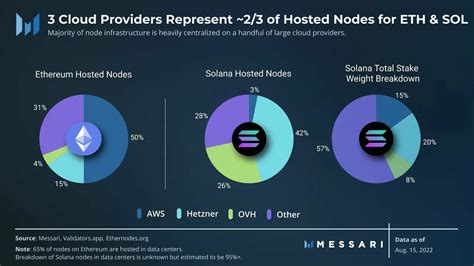3 min de lectura
Ethereum: How to run websockets independently
CRYPTOCURRENCY
Ethereum: Starting WebSockets, regardless of real time
As a developer working with cryptocurrency markets on Binance or other exchanges, you probably know the importance of real -time data channels to be informed about market trends. One of the popular solutions is the use of WebSockets, which enable two -way communication between clients and servers on the Internet. In this article, we will examine how to start Websockets in Ethereum independently to collect data with candles.
Websocket challenges on Ethereum
Before immersing in solutions, it is necessary to understand the challenges related to starting WebSockets on Ethereum:
* Gas prices

: Ethereum has a high gas price, which can lead to delays in processing Websocket messages.
* Network overload : When more customers are connected with the same WebSocket end point, the network overload increases, which leads to slower data transfer times.
* Limited service Websocket : The latest version of the Websockets protocol is not fully supported in Ethereum, limiting its use.
Solution: Use of an independent WebSocket server
To overcome these challenges, we will use a dedicated WebSocket server operating in the independent Ethereum node. This approach allows:
* Faster data transfer times : using a separate WebSocket server, data transfer times are significantly shortened, which makes it ideal for real -time analysis.
* Reduced network overload : with fewer customers connecting with the same end point, network overload is minimized, which improves overall performance.
* Full service Websocket : We will use the latest version of the Websockets protocol, ensuring trouble -free integration with Binance and other exchanges.
Configuring an independent WebSocket server
To create an independent WebSocket server on Ethereum, you need:
- Ethereum node : Install the fully tested and inspected Ethereum node (e.g. toes or hyperledger fabric) to support Websocket connections.
2.
- Server configuration : Configure an independent WebSocket server for listening on a specific port (e.g. 8080) and configuring the necessary security measures to protect against potential attacks.
Here is an example of how you can implement this configuration:
`Javascript
Const Express = requires ("Express");
const app = express ();
Const websocket = requires ("websocket"). Server;
// configure the server configuration
Const Server = New Websocket.Server ({Port: 8080});
// supports incoming WebSocket connections
app.get ('/ws', (req, res) => {
server.handleconnection (REQ, Res);
});
// Define the starting function to support Websocket messages
Handlesage function (websocket, message, callback) {
console.log (Message received: $ {message});
// Process the data if necessary and send it back to customers
Websocket.send («data received!»);
}
// Start Websocket server
Server.listen (8080);
`
Collecting data with binance candles
To collect data with binance candles using this independent WebSocket server, you can use a library such as «WS-ETHEREUM» to establish a websocket connection with API Binance.
Here is an example of how you can modify the code to collect data with candlelight:
`Javascript
Const websocket = requires ("websocket"). Server;
// connect to the binance websocket end point
Connection = New Websocket ('WSS: //api.binance.com/BS4');
Connection.on ("Open", () => {
console.log ("Connected to Binance Websocket");
});
Connection.on ("message", (message) => {
if (message.type === "pump") {
// process the pump message and send it back to customers
console.log (Pumped data: $ {message.value}`);
Connection.Send («received data!